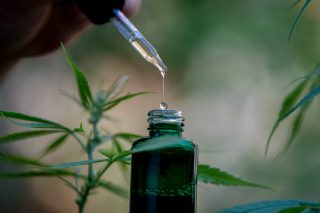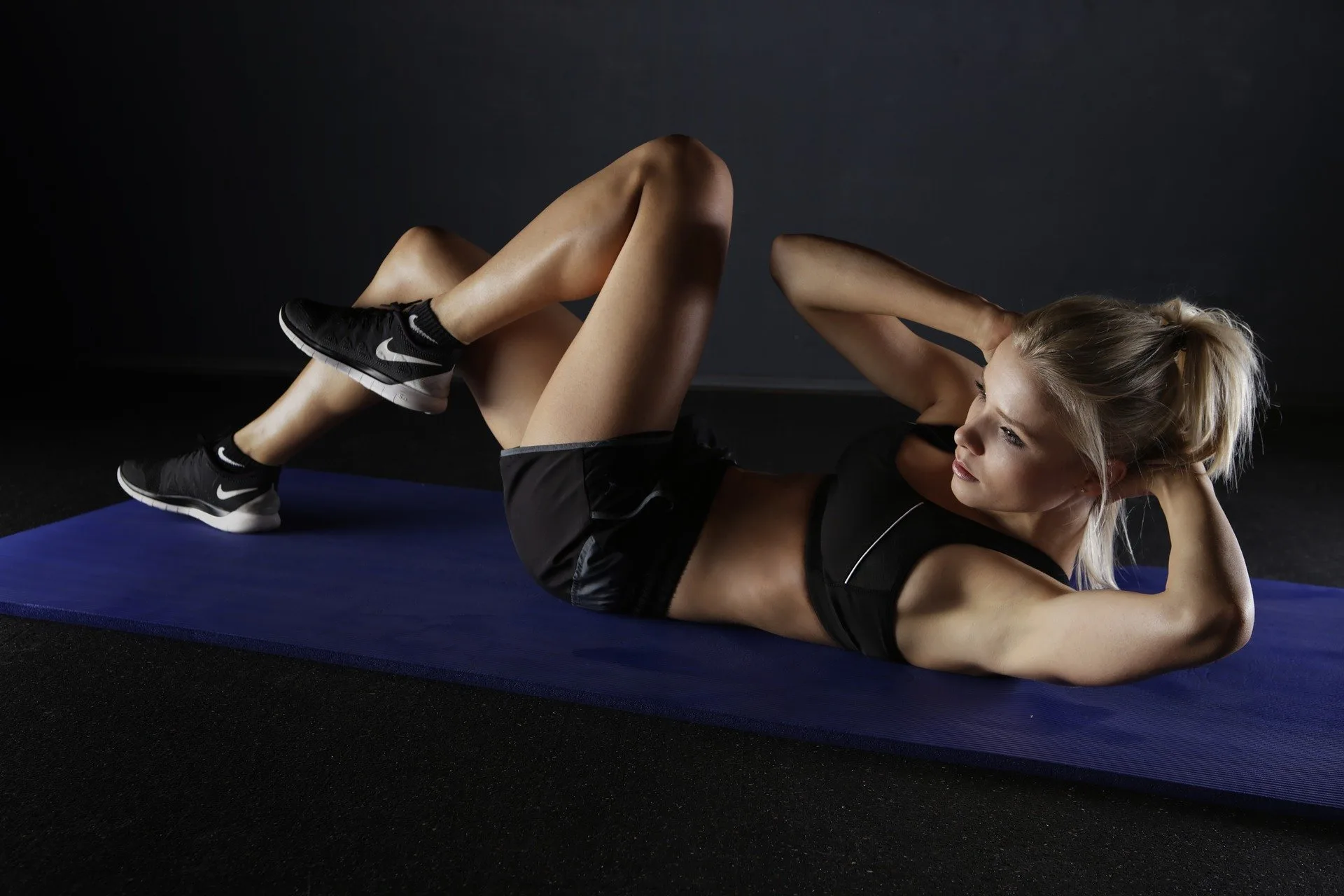Cannabis has been used from time immemorial for its powerful medicinal properties. In many ancient cultures, particularly those in the Far East, the herb was mostly famous for its analgesic properties. Many old cannabis users also loved the plant for its ability to induce euphoria.
Fast-forward, and from the mid-21st century, medical researchers have uncovered other uses of marijuana. Today, you can use weed to treat, manage, and even prevent some of the most debilitating chronic diseases, including arthritis, post-traumatic stress disorder, multiple sclerosis, Alzheimer’s disease, and cancer.
But cannabis is no longer only popular in the health and wellness industry. The herb has since found its way into other sectors, including the food and beverages, beauty and skincare, and fitness industries.
Millions of professional athletes and fitness buffs are turning to cannabis to enhance their fitness. But how does marijuana live up to its workout optimization claims? That question shall be the focus of this post.
Understanding Cannabis and How It Interacts With the Human Body
Before we highlight the various ways that cannabis can benefit your fitness, we must begin easily by understanding how the herb interacts with your system. That way, you can order your cannabis seeds online or other cannabis-based products from the point of information.
The cannabis plant contains more than 480 compounds. These compounds are broadly categorized into cannabinoids and terpenes.
Cannabinoids refer to cannabis extracts that account for the plant’s healing properties, whereas terpenes are compounds that give cannabinoids their distinctive tastes and flavors. There are about 113 cannabinoids, with cannabidiol (CBD) and tetrahydrocannabinol (THC) being the most widely-studied ones. CBD and THC’s primary difference is that CBD is non-psychoactive, whereas THC produces both psychoactive and intoxicating effects.
While both CBD and THC impact your endocannabinoid system, the compounds differ in the exact way they affect your body.
THC binds to endocannabinoid receptors that are located closest to your brain and central nervous system, while CBD interacts indirectly with receptors that are widespread in peripheral organs. This explains why THC triggers mind-altering effects, whereas CBD does not.
But as you shall find, both CBD and THC can work together to deliver compounded therapeutic effects. Many cannabis products tend to contain significant levels of both cannabinoids.
8 Ways Cannabis Can Boost Your Fitness
1. Cannabis might treat pain

JETACOM AUTOFOCUS/Shutterstock
Pain is the primary medical condition where you can use cannabis. And it’s impossible to imagine a fitness routine that doesn’t include a degree of pain.
Cannabis treats pain by boosting the performance of various endocannabinoid receptors that play a role in pain management, including TRPV1 receptors. Marijuana might also treat pain by stimulating certain endogenous cannabinoids that also play a role in determining how the body picks up and relays pain signals. Anandamide is one such receptor.
2. Cannabis Might Treat Delayed Onset of Muscle Soreness (DOMS)
Exercise-induced pain can occur either during or after workouts. When the pain sets in about a day or two after engaging in intensive exercise, it can lead to a condition known as Delayed Onset of Muscle Soreness (DOMS). As the name implies, DOMS manifests in muscle soreness and is one of the primary causes of workout downtimes.
Cannabis extracts like CBD can relieve DOMS, ensuring consistency in your fitness routine. Cannabis treats DOMS the same way it acts against other pain forms, affecting the body’s pain-regulating receptors’ performance.
3. Cannabis might alleviate inflammation
Inflammation often occurs when the body detects the presence of pathogens like bacteria and viruses. It could also be induced by physical trauma to tissues and muscles, as is the case when exercising. Either way, inflammation can cause excruciating pain and discomfort while it lasts.
Cannabis contains anti-inflammatory properties that might come in handy in mediating inflammation. Generally, the herb alleviates inflammation by inhibiting the activity of the body’s inflammatory messengers.
4. Cannabis might aid your breathing
As you exercise, your lungs have to work extra hard to supply your muscles with the oxygen required to sustain you throughout the entire workout session. Now, cannabis is a renowned vasodilator, which means that it has the potential to dilate blood vessels.
It becomes easier for oxygen and nutrients to reach all the vital organs within your body with dilated blood vessels, particularly the muscles, which often suffer oxygen debt during workouts.
5. Cannabis might treat nausea
One of the reasons cannabis has become popular in oncology is the herb’s ability to treat nausea among cancer patients recovering from chemotherapy treatments. You can also leverage weed’s anti-nausea benefits to supercharge your workouts.
By relieving nausea, cannabis makes it incredibly easy to consume sports supplements, particularly those that tend to leave us with a bitter aftertaste.
6. Cannabis might boost your energy
THC, the main psychoactive compound in cannabis, is famous for its appetite-boosting properties. Many recreational cannabis users admit to experiencing ‘the munchies’ soon after consuming a dose of weed.
![cbd [longevity live]](https://longevitylive.com/wp-content/uploads/2019/09/cannabis-freshness-hand-2178565-320x213.jpg)
Photo by Aphiwat chuangchoem from Pexels
7. Cannabis improves sleep quality
Inadequate sleep can hamper a healthy workout routine, as it prevents your body from healing entirely for your next workout sessions. Thankfully, marijuana can improve your sleep quality by shortening your sleep latency.
Weed might also boost sleep by shortening or eliminating the Rapid Eye Movement (REM) sleep, which is a stage during sleep that’s characterized by restlessness. Other studies cite marijuana for its ability to combat some of the most bothersome triggers of insomnia, including REM Sleep Behavior Disorder (RBD) and post-traumatic stress disorder (PTSD).
8. Cannabis might improve your focus
Exercising while your mind is filled with racing thoughts is one of the surest ways to suffer a workout-related injury. Fortunately, you can use marijuana to clear your mind, so you may focus on your workouts better.
Cannabis improves your concentration by relieving mental slump and activating the thought process. Weed also has indirect effects on your mental focus, thanks to its
and mood-elevating properties.
There are numerous ways that cannabis can enhance your fitness. As a parting shot, remember to begin with low doses, especially if you’re a new user. You can then work your way up, depending on your body’s tolerance to cannabis. Most importantly, remember that marijuana remains illegal in many countries. Always establish the legality of weed in your jurisdiction before using it to optimize your workouts.
References
https://www.ncbi.nlm.nih.gov/pmc/articles/PMC1575333/
https://www.cannabisclinicians.org/2020/03/01/the-influence-cannabidiol-on-delayed-onset-of-muscle-soreness/
https://pubmed.ncbi.nlm.nih.gov/24845114/
https://www.ncbi.nlm.nih.gov/pmc/articles/PMC1575333/
https://cassiuslife.com/94207/cannabis-and-fitness/
https://www.popsugar.com/fitness/Can-Marijuana-Help-Fitness-44461160/
http://theleafonline.com/c/politics/2019/10/5-ways-cannabis-can-be-part-of-your-fitness-routine/






![women [longevity live]](https://longevitylive.com/wp-content/uploads/2020/01/photo-of-women-walking-down-the-street-1116984-100x100.jpg)









